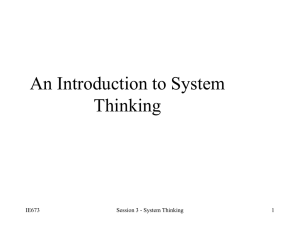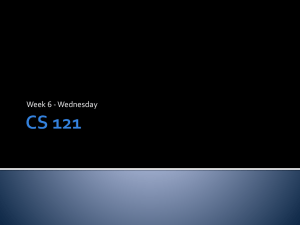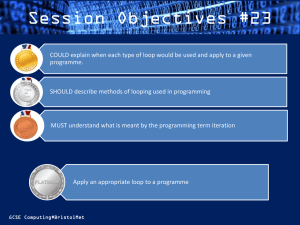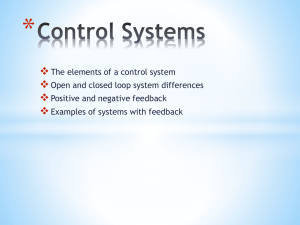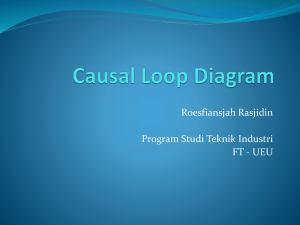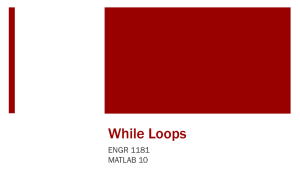Conditions, Decisions and Loops part 1 - Metal
advertisement
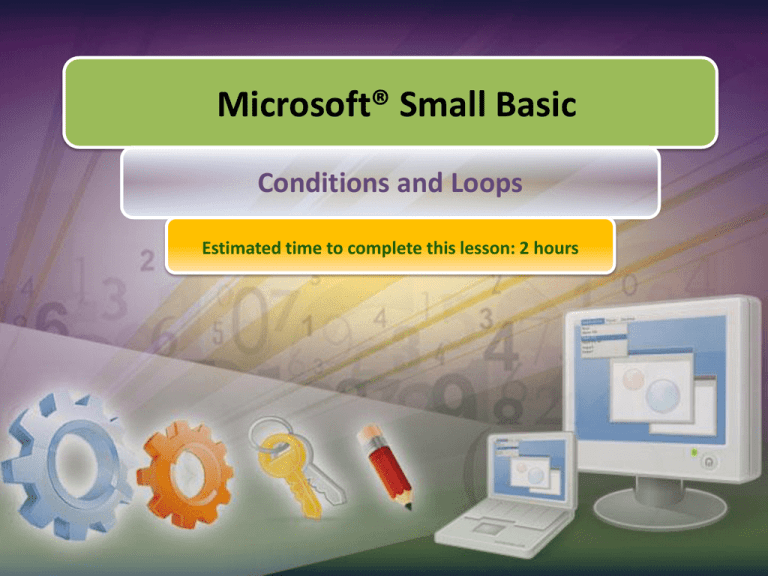
Microsoft® Small Basic Conditions and Loops Estimated time to complete this lesson: 2 hours Conditions and Loops In this lesson, you will learn how to: Write programs that carry out different instructions based on whether one or more logical conditions are true. Write programs that repeat instructions until a specific event occurs. Conditions in Small Basic Programs Would you like to specify conditions that control how your program runs (or whether it runs at all)? Let’s look at the following program: This program instructs the computer to display "Happy New Year" only if today is January 1st. Notice that this program contains the If, Then, and EndIf keywords. Conditions in Small Basic Programs Now, let’s write a program in which you specify an alternate action to perform if the condition is false. Depending on when you run the program, the computer displays one of the following results: Conditions in Small Basic Programs In programming, you can do that same thing in more than one way. As a programmer, you can choose the best way. In this example, you might have noticed that the second condition in the program repeats a lot of information in the first condition. Let’s reduce the repetition by using the Else keyword. Both programs give the same result, but you can use fewer If, Then, and EndIf keywords if you use the Else keyword. Conditions in Small Basic Programs Let’s look at another example… Notice the use of If, Then, Else, and EndIf in the program. You are writing a complex program, and you want to check whether the user typed an even number or an odd number. Conditions in Small Basic Programs When you write a program, you can specify as many conditions as you want by using the ElseIf keyword. You can also specify one or more operations for the computer to perform, depending on which condition is true when your program is run. Let’s look at this with an example. In this example, each condition contains a unique statement that the computer evaluates. When the computer evaluates a statement as true, the computer performs the operation for that condition and then proceeds to the end. Fortune Telling You can use an If statement to write a fortune teller program You can use a Math function to get a random number. This number can then be used in an extended If statement to display a choice of answers such as If your feeling lucky The stars are confused ask later No way Not today Definitely Can you write the program?…Could you add the users name to the random answer to make it more personal?... Loops in Small Basic Programs You can use a loop to instruct the computer to run one or more statements more than once. You can use a For loop if you know how many times you want the computer to repeat the instructions. You can use a While loop if you want the program to repeat the instructions until a specific condition is true. So, let’s explore some loop statements… Loops in Small Basic Programs Let’s start by writing a program that contains a For..EndFor loop. In general, you use a For..EndFor loop to run code a specific number of times. To manage this type of loop, you create a variable that tracks how many times the loop has run. Click the button on the Toolbar. In this example, the variable contains a value that increases by 1 every time that the loop runs. Loops in Small Basic Programs Let’s use this concept to print the multiplication table for the number 5. Loops in Small Basic Programs In the previous example, the value of the counter variable in a For loop increases by 1 every time the loop runs. However, you can increase the value by another number if you use the Step keyword. For example, you can increase the value by 2 if you write the following code: Operations in Small Basic Programs In the next example we use some mathematical symbols > means greater than < means less than They can be combined with = <= means less than or equal to >= means greater than or equal to We can also use the symbol <> this means unequal to 21 >= 34 21 < = 34 21 > 15 21 >= 21 Try to complete the problems below Does the condition return true of false? Loops in Small Basic Programs If you don’t know the loop count before you write a program, you can create a While loop instead of a For loop. When you create a While loop, you specify a condition that is true when the loop starts. But the computer evaluates the condition every time that the loop repeats. When the condition becomes false, the loop stops. Let’s write the following program to demonstrate the While loop: Let’s Summarize… Congratulations! Now you know how to: Write programs that evaluate logical conditions and perform operations based on those results. Write programs that repeat one or more instructions either a specific number of times or based a logical condition. Show What You Know Create a program to convert one or more student scores from a percentage to a letter grade. First, ask the user to specify how many grades will be calculated. Then ask the user to specify the first percentage, and convert it to a letter grade based on the following criteria: If the percentage is more than 75, convert it to an A. If the percentage is less than 75 but more than or equal to 60, convert it to a B. If the percentage is less than 60 but more than or equal to 35, convert it to a C. If the percentage is less than 35, convert it to a D.


